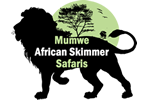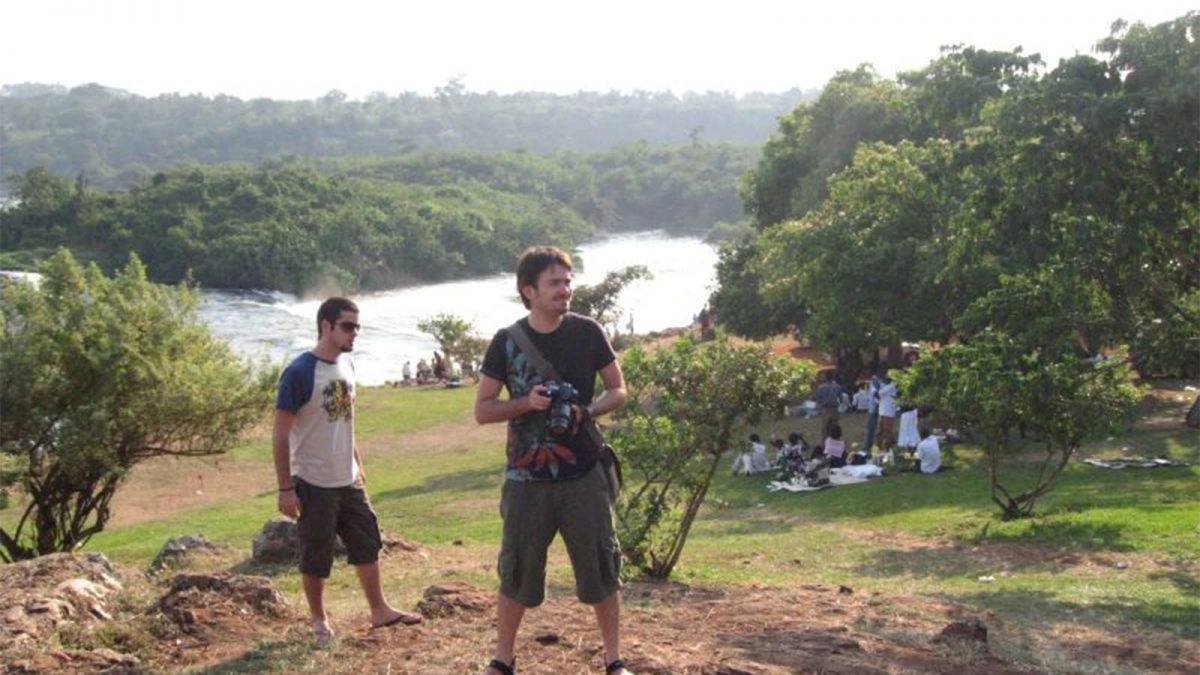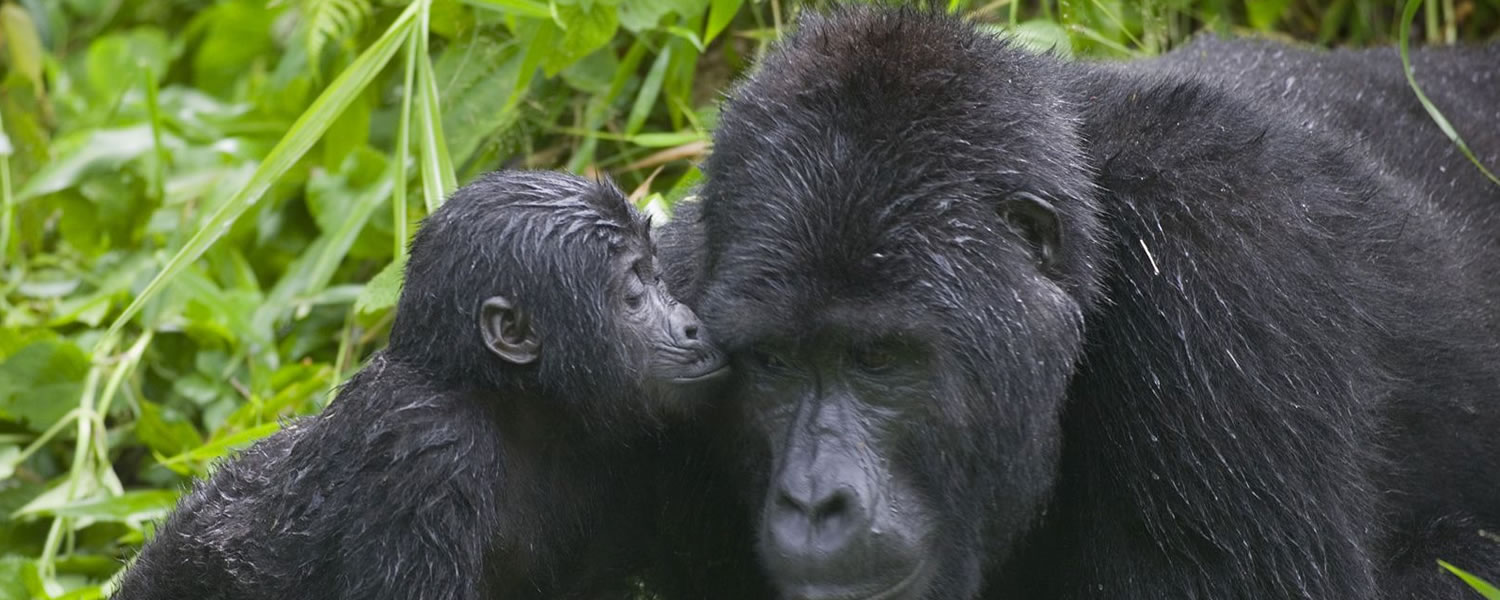How to Plan Perfect Uganda Safari Itinerary In 10 Easy Steps
Uganda, the “Pearl of Africa,” offers one of the most diverse safari experiences on the continent, blending classic Big Five viewing with the unforgettable thrill of primate trekking. Planning your perfect Uganda safari itinerary doesn’t have to be complicated. Here are 10 easy steps to guide you from dream to reality.
Step 1: Define Your Safari Vision (Gorillas vs. Game)
![]()
Uganda is unique because it offers both the mountain gorilla trekking experience and traditional savannah game drives. Your first decision will determine the core of your trip:
- Primate Priority: Focus on Bwindi Impenetrable National Park (for gorillas) and Kibale National Park (for chimpanzees). This is a must for many visitors.
- Classic Safari: Prioritize parks like Murchison Falls National Park and Queen Elizabeth National Park for lions, elephants, buffalo, and hippos, plus the iconic boat safaris.
- The Ultimate Blend: Plan for a trip of 7+ days to comfortably combine both primates and game, often requiring travel across the country’s Western Circuit.
Step 2: Decide on the Best Time to Visit
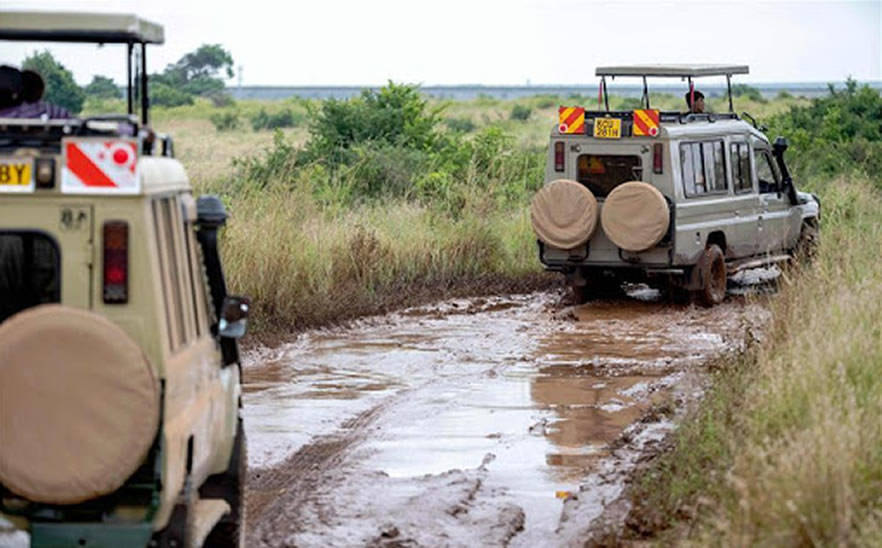
The time of year significantly impacts both the experience and cost:
- Dry Seasons (Peak): June to August and December to February offer the best conditions. Trails for trekking are drier, and wildlife viewing is easier as animals gather around water sources. Expect higher prices and more competition for permits.
- Wet Seasons (Shoulder/Low): March to May and September to November offer advantages like lower lodge rates, fewer crowds, and lush green scenery ideal for photography and birdwatching. Trekking can be muddier, but gorilla permits may be easier to secure.
Step 3: Secure Your Gorilla & Chimpanzee Permits First
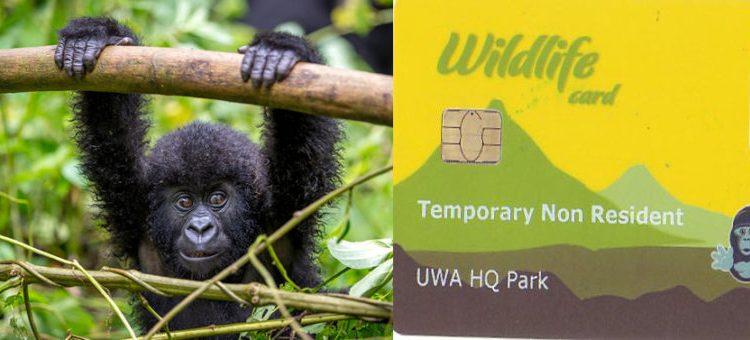
This is the most critical logistical step. Permits are strictly limited and can sell out months in advance:
- Gorilla Permits (Bwindi/Mgahinga): Book at least 4 to 12 months ahead, especially for peak season travel.
- Chimpanzee Permits (Kibale): These are less competitive but should still be secured early.
Tip: Using a local tour operator makes this process seamless, as they handle the permit purchasing and timing logistics.
Step 4: Map Out Your Must-See Parks and Activities
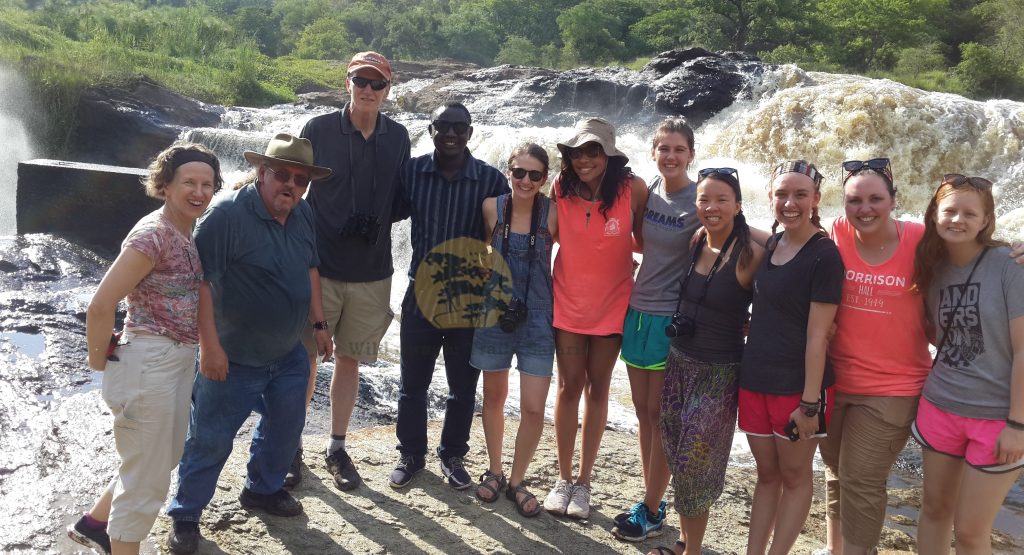
Beyond the core experiences, consider what else you want to include:
- Murchison Falls National Park: Game drives and a powerful boat trip to the base of the world’s strongest waterfall.
- Queen Elizabeth National Park: Famous for the tree-climbing lions in the Ishasha sector and the abundant birdlife/wildlife along the Kazinga Channel boat cruise.
- Ziwa Rhino Sanctuary: The only place in Uganda to see white rhinos in the wild, completing the “Big Five.”
- Kidepo Valley National Park: Remote, wild, and fantastic for a true wilderness experience (best for 10+ day itineraries).
- Lake Bunyonyi/Ssese Islands: Perfect for post-safari relaxation and scenic views.
Step 5: Choose Your Travel Style and Duration
Your budget and desired pace will determine your itinerary’s length and accommodation:
- Duration: A focused gorilla/chimp trip can be as short as 4-5 days, while a comprehensive “Pearl of Africa” itinerary typically requires 10 to 14 days.
- Accommodation: Uganda offers options from budget tented camps and mid-range lodges to high-end luxury eco-lodges.
- Transport: Decide between road travel (private 4×4 safari vehicle with a guide is standard) or flying between parks to save time on long drives.
Step 6: Select a Reputable Tour Operator
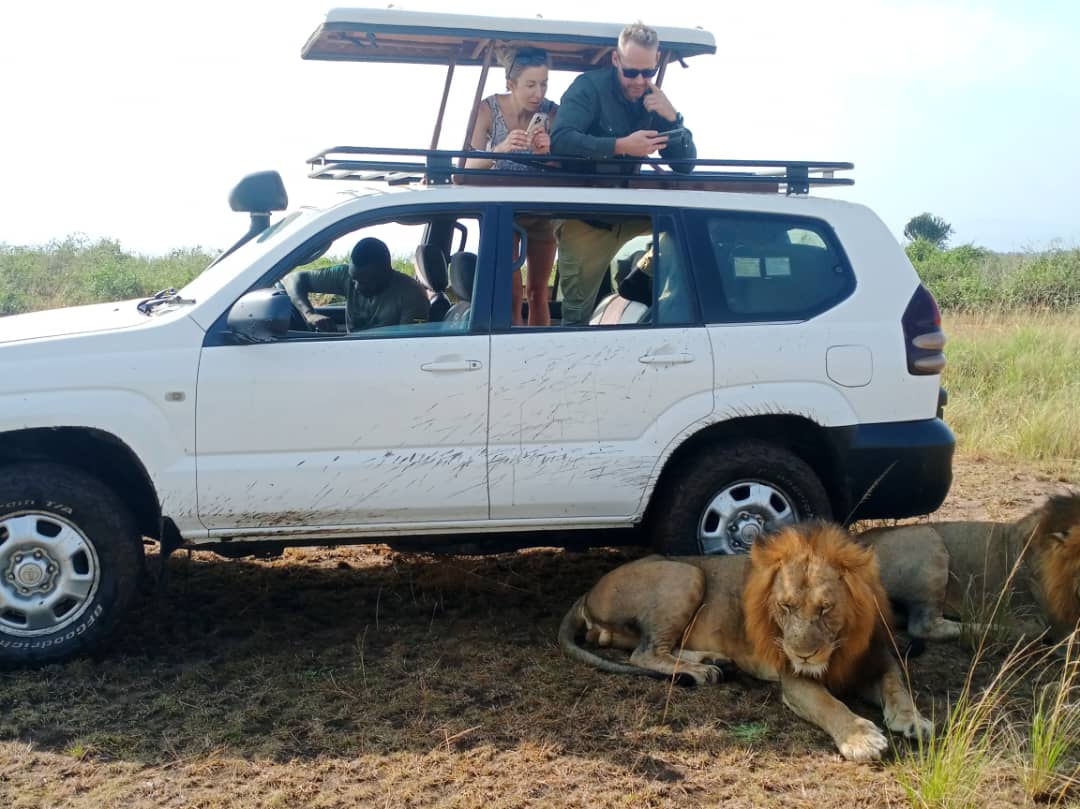
For first-time visitors, hiring a local, licensed safari company is highly recommended. They provide:
- Expert knowledge of routes and park logistics.
- A professional driver-guide, which is essential for game viewing.
- Seamless management of permits, accommodation bookings, and park fees.
Step 7: Finalize Logistics: Flights, Visa, and Insurance

- International Flights: Book your flights to Entebbe International Airport (EBB).
- Visa: Most international travellers require a visa, which can be obtained online (e-Visa) or on arrival. The East Africa Tourist Visa is an option if you are also visiting Kenya and Rwanda.
- Travel Insurance: Purchase comprehensive travel insurance that covers medical emergencies, including evacuation, and trip cancellations.
Step 8: Organise Health and Safety Preparations
- Vaccinations: Yellow Fever vaccination is mandatory, and you must carry the certificate. Consult a travel clinic for recommended vaccinations (e.g., Hepatitis A, Typhoid) and discuss malaria prophylaxis.
- Safety: Your tour operator will provide essential safety tips. Generally, Uganda is safe, but standard travel awareness applies.
Step 9: Budget for Extras and Tipping
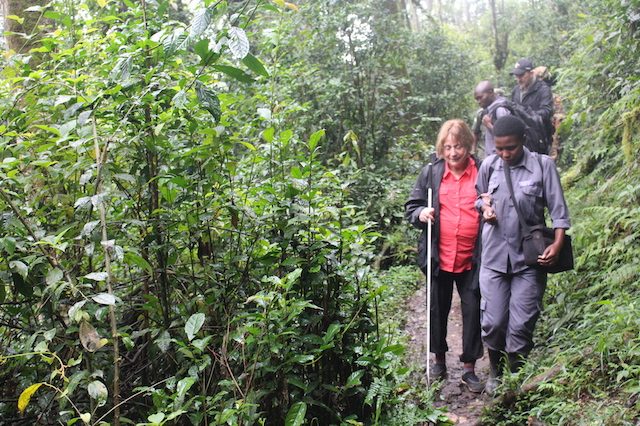
Beyond the main package cost, allocate funds for:
- Tips: Tipping guides, porters (essential for gorilla trekking), and lodge staff is customary. A good rule of thumb is $10-$15 per person per day for your safari guide.
- Souvenirs and personal expenses.
- Money: The local currency is the Uganda Shilling (UGX), but US Dollars (large bills and new series) are widely accepted at lodges and for activity payments.
Step 10: Pack Smartly and Respectfully
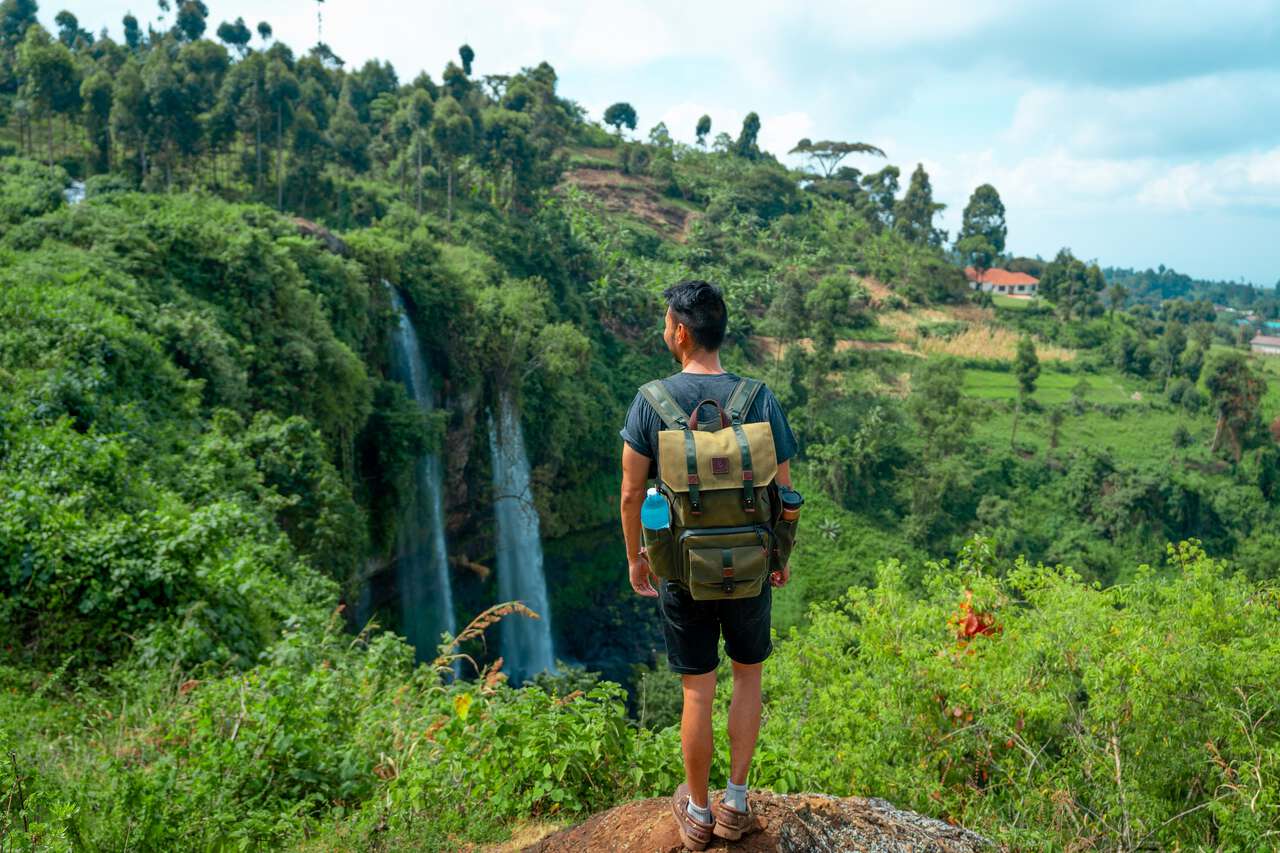
- Clothing: Neutral colours (khaki, brown, green) are best for game drives. Pack layers, as mornings/evenings can be cool. For trekking, waterproof hiking boots, long sleeves, and gardening gloves are a must.
- Gear: Don’t forget binoculars, a good camera with spare batteries, sunscreen, insect repellent, and a hat.
- Culture: Pack for humility and respect. Uganda is a culturally rich country; always ask permission before taking photos of people.
By breaking down the planning into these 10 steps, your safari in Uganda will be stress-free, ensuring you get to experience the perfect Uganda safari tailored just for you. Happy trekking!. Check out our comprehensive list of packages and then get back to us to book or request a quote by sending an email to info@mumwesafarisuganda.com or call us on +256-700135510.
